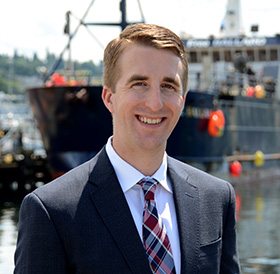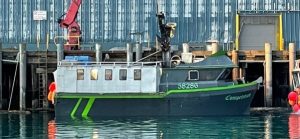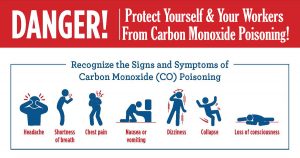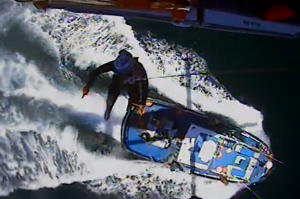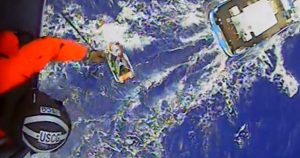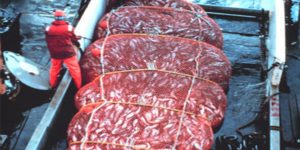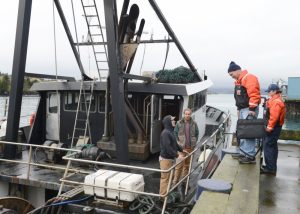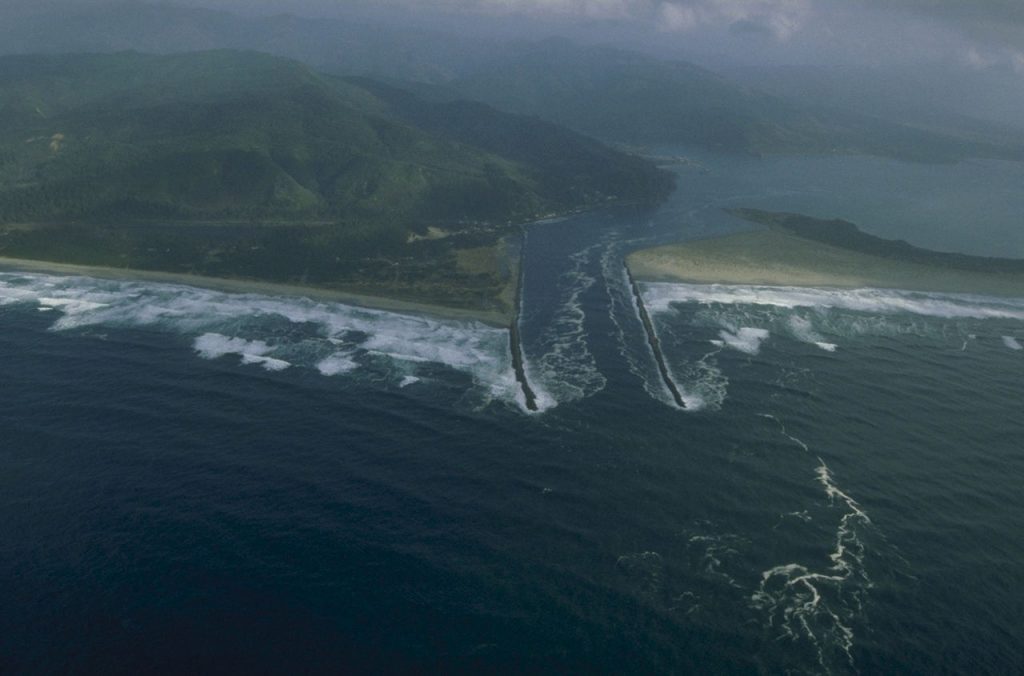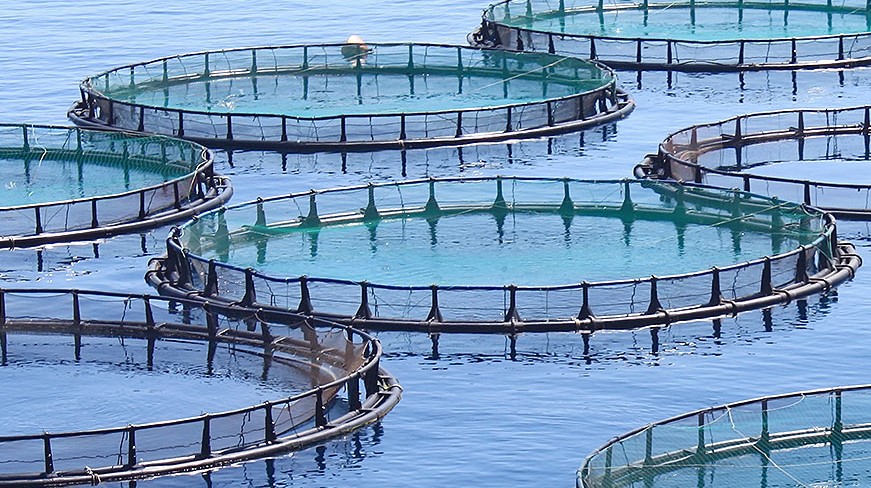Stacey & Jacobsen PLLC Secures $11,401,000 Verdict Against Tidewater Barge Lines Inc. for Injured Jones Act Deck Mechanic
 The team at Stacey & Jacobsen PLLC was honored to help an injured Jones Act deck mechanic in a recent two-week trial in Portland, Oregon. All three attorneys, Jim Jacobsen, Joe Stacey, and Nigel Stacey presented evidence to the jury while fighting for a hardworking family man who can no longer work his union job. At the conclusion of the trial, a Portland jury awarded the injured worker $11,401,000 in compensatory damages for injuries he suffered after a 40-year-old Nabrico hand winch spun out of control and hit his arm.
The team at Stacey & Jacobsen PLLC was honored to help an injured Jones Act deck mechanic in a recent two-week trial in Portland, Oregon. All three attorneys, Jim Jacobsen, Joe Stacey, and Nigel Stacey presented evidence to the jury while fighting for a hardworking family man who can no longer work his union job. At the conclusion of the trial, a Portland jury awarded the injured worker $11,401,000 in compensatory damages for injuries he suffered after a 40-year-old Nabrico hand winch spun out of control and hit his arm.
The Injury
Nathan Pinkstaff, a Jones Act seamen deck mechanic working aboard a Tidewater Barge Lines Inc. tug and barge flotilla, was injured after being improperly trained how to use the hand winch on the barge’s deck in a procedure that explicitly violated the manufacturer’s manual; this was unsafe training. The tug was attempting to build a tow with the Granite Point tug, tying two grain barges and one oil barge bow to stern, or “endo.” This tow was being built at the Tidewater Barge Lines Inc. Snake River terminal, where the Snake River flows into the Columbia River in Washington State.
 Maritime Injury Law Blog
Maritime Injury Law Blog


